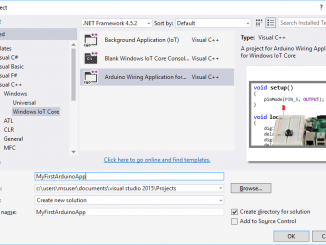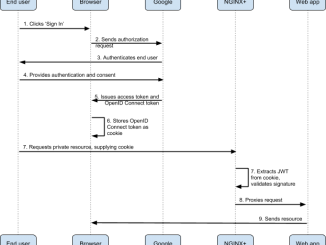
Introducing Arduino Wiring on Windows 10 IoT Core
Introducing Arduino Wiring on Windows 10 IoT Core Developers targeting Windows 10 IoT Core can use a programming language of their choice. Today, this includes C#, C++, Visual Basic, JavaScript, Python and Node.js, but we’re not stopping there. Arduino Wiring is the latest addition to IoT Core. Arduino is one of the most popular platforms among makers. Its community has produced a large number of libraries to interface with peripherals such as LED displays, sensors, RFID readers and breakout boards. One of the main drivers for Arduino’s adoption is its simplicity. With Windows 10 IoT Core, you can now create or port Arduino Wiring sketches that will run on supported IoT Core devices, including Raspberry Pi 2, 3 and Minnowboard Max. Creating your first Arduino Wiring sketch for IoT Core You can find the detailed steps for creating Arduino wiring [ more… ]



